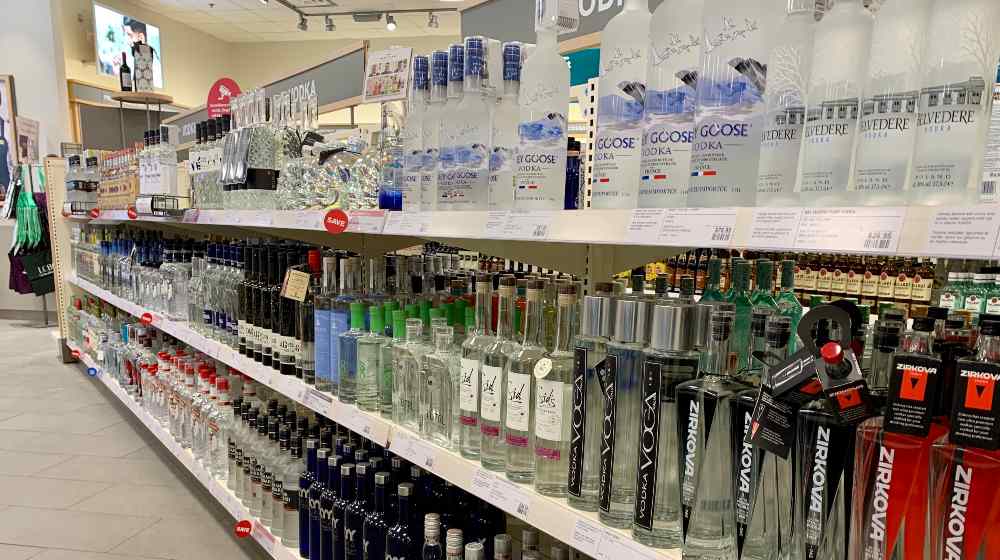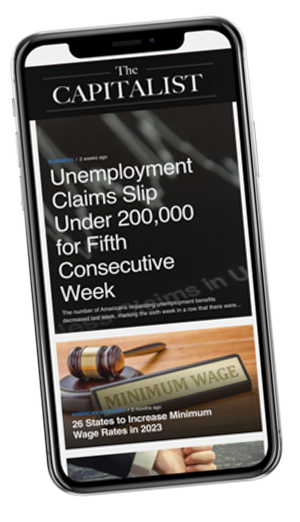Business
A Liquor Shortage Still Persists in Several US States

More than a year into the pandemic, several US states are still experiencing a liquor shortage. Unfortunately, it remains unclear when supplies will normalize. While many attribute the stockouts to the ongoing COVID-19 crisis, however, shortages still persist in many areas.
Early in the pandemic, liquor manufacturers toned down their production to give way to increased disinfecting alcohol production. In addition, many liquor stores had to close as statewide lockdowns became commonplace.
RELATED: EU’s US Whiskey Tariffs To Double from 25% to 50% by June
Liquor Shortage Affects Several US States
Even as supplies of raw materials slowly normalized, liquor shortages still continue to occur in many states. Apart from a liquor shortage, some states are rationing their supply amid supply chain disruptions.
Last week, the Pennsylvania Liquor Control Board said it will enact rationing. Customers can only buy two bottles of specific alcoholic beverages daily.
The rationed list includes popular brands such as Hennessy Cognac, Buffalo Trace Bourbon, and Patron tequila. The rationing does not have a timetable at the moment and will continue indefinitely.
Meanwhile, North Carolina liquor consumers are finding more and more “out of stock” signs on their favorite brands.
David Ozgo, chief economist of the Distilled Spirits Council of the United States attributes the stockouts to high demand amid low supplies. “I don't think anybody saw the kind of demand that we're seeing right now — particularly in those high-end and super-premium products — coming,” he said. Vermont, Virginia, New Jersey, and Ohio are also reporting a liquor shortage in their areas.
Problems In Every Step of the Supply Chain
Ozgo believes that one of the major issues regarding the liquor shortage involves the supply chain. There are problems at nearly every step of the alcohol beverage supply chain. Manufacturers are having trouble sourcing glass bottles.
International shipping is experiencing delays due to port closures. At the same time, they are charging higher prices due to difficulty in getting schedules.
Finally, a US shortage of truck drivers is jacking up prices in the delivery of liquor from the importer to the distributor to the store or bar.
“So all along the line, you almost have a compounding effect,” Ozgo remarked. He added that some of these problems existed before COVID-19. However, the pandemic made things go from bad to worse.
In addition to the supply issue, businesses selling liquor or serving them to patrons are also reporting worker shortages. Shawn Kelly, Pennsylvania liquor board spokesperson, said some businesses are also having staffing issues.
Liquors Take Time To Produce
Compounding all these problems is the fact that liquor takes a long time to make. Apart from distilling, some liquors need to age before they’re ready.
This requires producers to anticipate demand in advance. “You can't go back five years and retroactively plant more agave,” Ozgo said, referring to the plant that’s the ingredient for tequila. “It doesn't work that way.”
Even as producers plan to expand their manufacturing capabilities, it will still take years before the expansion produces a single bottle. Buffalo Trace said they’re starting on a $1.2 billion expansion.
However, it will take a few years before they can meet current consumer demand. “Buffalo Trace recognizes this is not the news its fans want to hear for the next few years but making great whiskey does take time and the Distillery is not prepared to cut quality corners to increase short-term supply,” the company said in a press release.
Watch the Fox43 News video reporting that Pennsylvania is enacting a two-bottle limit on certain booze due to supply shortage:
Do you experience liquor shortage or rationing in your area? Has this affected your social activities? Share with us your experiences dealing with liquor shortages. Share your comments below.



